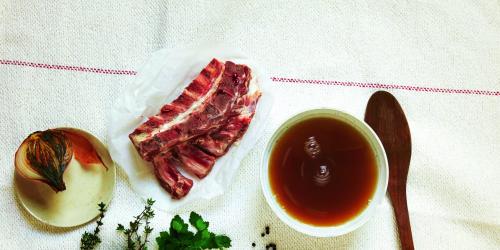History of millet
Millet refers to a large family of different grasses grown mainly in Asia and Africa, where it is widely consumed. The most common millet is called "pearl millet" grown since about 10,000 BC. In the Chinese regions of Yangtze River and Huang He River. The cultivation of millet develops until reaching Europe in 5000 BC. From ancient times to the Middle Ages, millet is consumed in the form of porridge or slab and will be replaced by corn in the sixteenth century. Millet is an important branch of food in the poorest regions of the world, making it a survival food for poor people.
Nutritional contributions of millet
Mainly composed of bran and germ, millet is a whole seed to consume, the majority of nutrients being concentrated in the germ. Rich in protein, it causes an increase in "good" cholesterol . An undeniable asset for people watching their diet. The secret of this little seed? The amino acids it contains and its high digestibility performance gives it superior properties to other cereals . Rich in carbohydrates, it is a significant source of energy to accompany a sports diet. Like all wholegrain cereals, its fiber intake makes it an indispensable ally for all breeders looking for nutritious, high-satiety foods.
What consequences on the body?
In addition to its ability to increase "good" cholesterol, studies have shown that the presence of phytates in millet that inhibit minerals such as calcium. On the other hand, the presence of nutrients such as phosphorus and magnesium are essential for the proper functioning of our cells. Millet thus helps to prevent osteoporosis, as phosphorus plays a key role in the formation of bones and teeth. Magnesium is also essential for bone formation and the proper functioning of the immune system. It brings a significant complement of zinc for the healing of wounds and the interaction of thyroid and sexual hormones. In the pancreas, it helps to help in the manufacture of insulin. Vitamins B and E are present in quantity in millet as long as they are not shelled and consumed whole.
How to consume millet?
Little present in our food, the millet is however a food which gains to be known. Steam, in porridge, porridge or pudding, in the form of grains or flour, millet is used in many recipes. In flour, it can replace up to 50% the flours of your pastries (being considered a flour without gluten, even the celiac patients can benefit from its benefits). Try it in the preparation of your bechamel to garnish your vegetable gratins. Sprouted grains perfectly accompany your salads by giving them a touch of originality. Many African and Asian specialties use millet in their preparations. Thus, open your taste buds to exotic dishes like the "bassi salte", a sort of Senegalese couscous. The steamed seeds are swelled like wheat semolina and served with a chicken and sweet potato stew. The "dosas" are small Indian pancakes obtained after fermentation of millet and a legume (such as the lentil), mixed to obtain a pancake batter that is cooked like traditional pancakes. To be enjoyed as a replacement for table bread .


